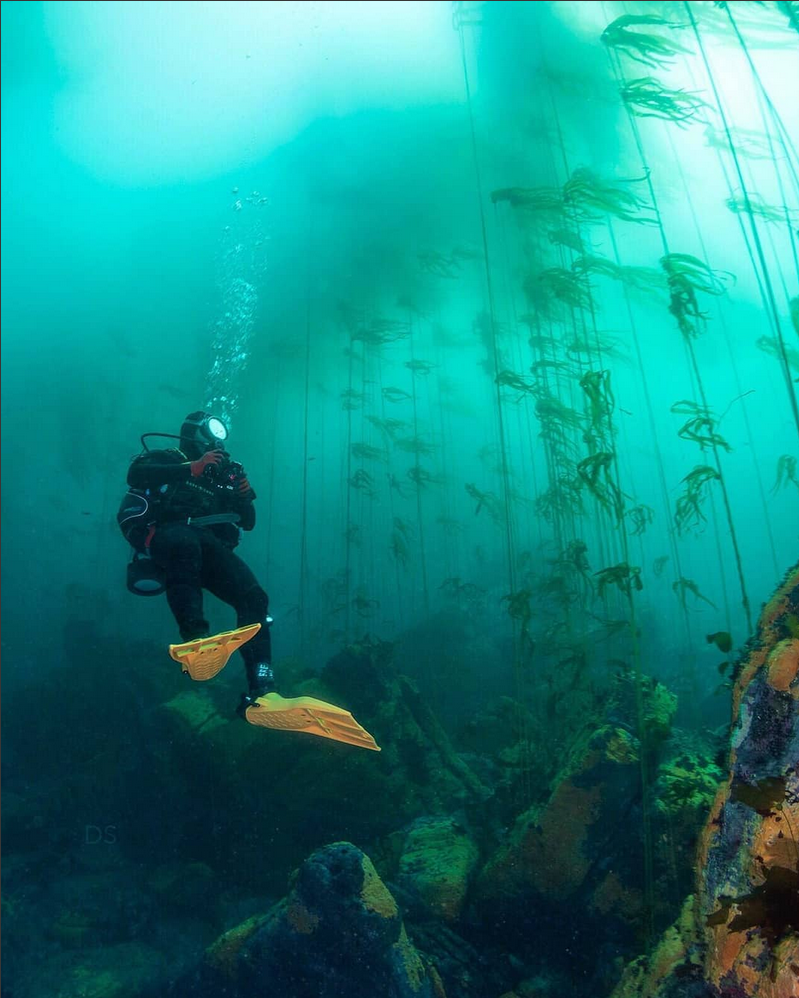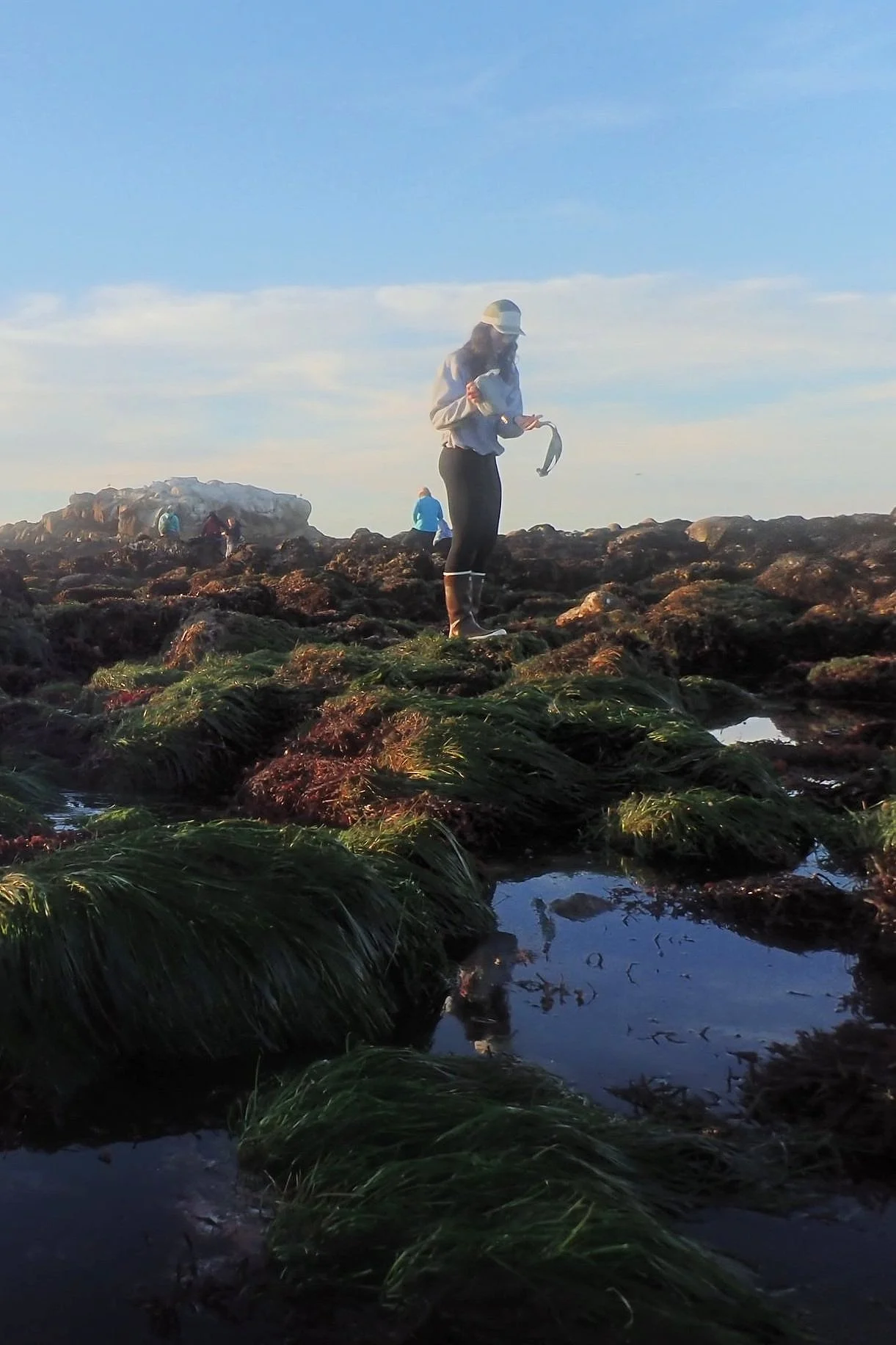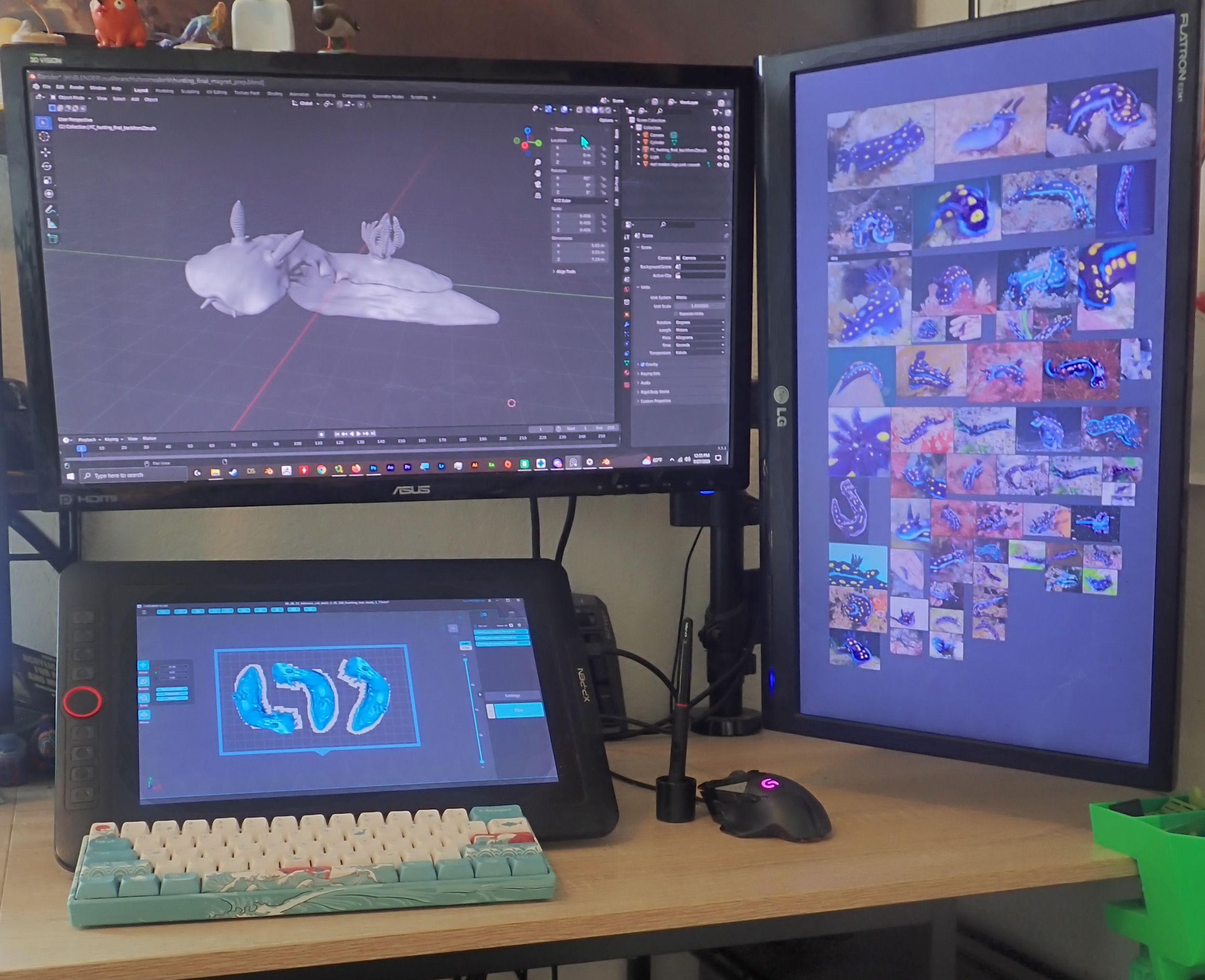
It starts in the field
3D models start with photo references or scientific illustrations. Some reference angles are so specific; requiring extra measures portray those details. Extra measures like gearing up and going into the field; whether that means going underwater or trekking to a remote site. The field data gives us the opportunity to examine closely on a texture scale; and a wider perspective to examine the organism interacting with it’s environment. When getting out there is not an option. We seek to collaborate with Researchers or Scientific Illustrators. Their expertise and knowledge helps me navigate how to create better models.
From 2D to 3D
No project is ever the same, so We utilize an assortment of 3D software to best fit the project. Using multiple programs expands my ability to problem solve in a wider spectrum between art and engineering. I also gain an appreciation of the multiple professions that go into a single 3D product. There is an unlimited potential from every 3D model being made. They can be posed entirely different without starting over, rigged for animation, scaled large or small, printed in multiple formats. It can be re-used over and over again for so many purposes.
Then Made Physical
A couple of machines are used to turn these digital files into printed models. Our frequented methods are through fusion depositional modeling (FDM) using filmant spools and an extruder; or through Masked stereolithography apparatus (MSLA) UV cured resin with a UV screen. We incorporate sustainability by printing with bio-polymers or soy-resin mixtures. Along with Polyactic Acid (PLA). We have been exploring using Polyhydroxyalkanoate (PHA) filament. A filament made of sugars from fermentation, prints well, and is home compostable. We also are trying wood or algae infused filaments too. Our future plans include building our own reclaimer to convert PET1 (Type 1 Recyclables) into filament.
Combined with Traditional Arts
Fancy Technology and sophisticated software get you really far, but there will always be a need for human intervention. We combine both studies of digital art and traditional 3D arts to create mixed media creations. Working in traditional sculpting allows us to comprehend complex builds, by navigating them in a rudimentary approach. Alternative methods on hand also assist with problem solving and reverse engineering. One of my favorite thing about working in 3D is the unlimited potential each sculpture has. It can be refined, changed, re-purposed without having to start over. Focusing on mixed media creations opens opportunities to relate to multiple audiences while pioneering different methods on how to achieve something.
Then finally brought to you
3D arts can be shared with so many people. It has been one year since I started; and I’ve shared my art with: individuals, other artists, shops, schools, and museums! Each person has opened another opportunity for me to continue improving my craft. It is also another opportunity to introduce 3D arts into another person’s life. What started with marine science dioramas is now expanding into: horticulture tools, topographical maps, cosplay, and prototyping diving tools. It will always be about rendering the reef, but I can’t help but explore the other facets of 3D arts. At the end of the project, these items I create are representations of the knowledge passed around from merging worlds.






